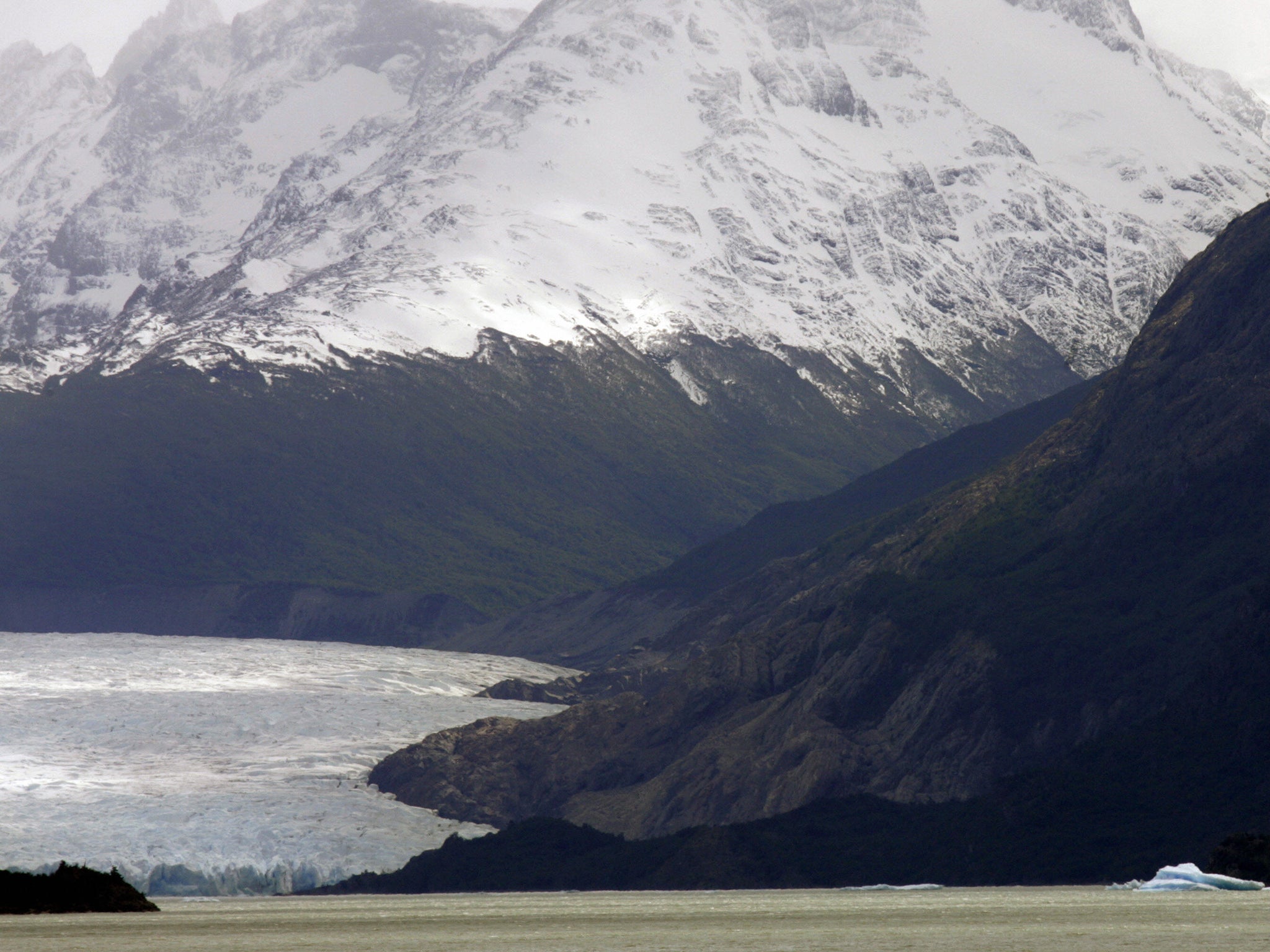Andes mountains lose nearly half their ice in just 40 years
Researchers say the ice has receded by 48 per cent - and by 81 per cent below 5,000 metres

Your support helps us to tell the story
From reproductive rights to climate change to Big Tech, The Independent is on the ground when the story is developing. Whether it's investigating the financials of Elon Musk's pro-Trump PAC or producing our latest documentary, 'The A Word', which shines a light on the American women fighting for reproductive rights, we know how important it is to parse out the facts from the messaging.
At such a critical moment in US history, we need reporters on the ground. Your donation allows us to keep sending journalists to speak to both sides of the story.
The Independent is trusted by Americans across the entire political spectrum. And unlike many other quality news outlets, we choose not to lock Americans out of our reporting and analysis with paywalls. We believe quality journalism should be available to everyone, paid for by those who can afford it.
Your support makes all the difference.The ice covering the slopes of the Andes mountains has nearly halved in the past 40 years, scientists have revealed.
Since 1975, the area covered by glaciers in Peru’s Cordillera de Vilcanota range have receded dramatically - with 81 per cent of ice below 5,000 metres disappearing completely.
Overall, 48 per cent of ice has disappeared across the range in Peru.
Glaciologists at Brazil's Federal University of Rio Grande do Sul found the ice was receding at different speeds on either side of the range.
Dr Bijeesh Veettil, who led the study, said: “In general, the western sides of the tropical Andes maintain cold and dry conditions, whereas the eastern sides are humid and warm”.
The humid air that flows in from the Amazon basin should bring rain to replenish the ice on the east but the eastern side’s ice is currently receding faster.
The scientists told the New Scientist they did not know why this was happening, but that they were conducting further research.
If the ice in the Andes, which is the longest continental mountain range in the world, stretching over several countries in South America, disappears completely it could have devastating consequences for the region.
Not only will the melting of the glaciers cause devastating floods as the meltwater from mountains flows into the valleys it could also lead to the loss of wetlands in the surrounding area as their water source dries up.
This could force people who raise livestock off the land.
Doug Hardy, a glaciologists at the University of Massachusetts at Amherst, said the research demonstrated that glaciers were retreating quickly and that he doubted they would regain ice if global warming was reversed.
He said: “We are already locked into further warming due to the lifetime of greenhouse gases, ocean warming et cetera, and Andean glaciers are likely doomed."
The research comes just months after scientists revealed one of the largest glaciers on Earth, the Totten Glacier in Antarctica, had become “dangerously unstable” due to receding ice.
The glacier, which is 90 miles by 22 miles in area and reaches down nearly to the ocean floor, is melting from below.
If the Anatarctica ice melts substantially it could raise global sea levels by 13ft, scientists say.
Join our commenting forum
Join thought-provoking conversations, follow other Independent readers and see their replies
Comments